Why so serious? was the phrase that crossed my mind the first time I saw What’s the Rush? They’re sibling queries to be sure, but the latter is far less malevolent than the one that folks might associate with the Caped Crusader. What’s the Rush? is a lovely illustrated book by Yiting Lee that proves that books for young audiences don’t need to have a solid, theme-trodden story arc.
That might sound like a slam, but I don’t mean it to come across that way. Rather, it’s OK for illustrated books to meander, take their time and allow its characters to smell the roses. To an extent, it is in the vein of The Tao of Pooh, where sometimes a thing just is, or happy characters in a book just are.
What’s the Rush? sees two friends getting together for some tea and snacks. This book could’ve gone in a different, far less enjoyable, and more predictable manner. That’s because the two friends in question are a rabbit and a turtle. Turtles are slow, rabbits are fast, children got that message and easily know what slow and steady wins the race means.
That’s where What the Rush? goes in a different direction and opens up what could be the potential relationship between the two animals. Turtle is a very polite host who serves his friend snacks in an elegantly prepared spread. It’s on this picnic that the turtle innocently mentions that he would like to climb the beautiful mountain that’s in the distance. Rabbit has heard these wistful dreams before and suggests that the two do it tomorrow to which turtle says, “What’s the Rush?”.
The next morning the two embark on their quest to the mountain. However, the turtle is not quite ready to depart when the rabbit shows up on his doorstep. Turtle is busy folding clothes, trimming shrubbery, watering plants, cooking, painting, cleaning, and packing. Rabbit grows tired of the turtle’s tardiness, screams at him and out the door, the two of them go. Thanks to his hard shell, the turtle is able to carry all of his too many bags on his back.
As the two make their way to the mountain they encounter troubling obstacles one after the other. “Hang on just one minute”, is what the turtle says to the rabbit each time they get to one of them. Thankfully, due to the turtle’s packing, they’re able to overcome each one of them, all the while the bags on his shell get less numerous. When they finally get to the mountain top the two friends see the moon, turtle looks up and casually mentions that it would be nice to go there. Rabbit, being the more rabbit of the two suggests that they go tomorrow to which turtle asks his fleet-footed friend, “what’s the rush?”.
The art in What’s the Rush? has an old-school, classic vibe about it that resonates with younger elementary-aged audiences. Some of the illustrations take up full pages, some use white space to fill the void and others use panels. The panels are used very effectively to demonstrate the amount of time that the rabbit perceives as wasted, while his friend is getting ready for the hike.
I read the book to a group of pre-k kids and asked them what the book was about. The responses varied from friendship to working together to taking a vacation. That’s what I meant by the book establishing a folksy, patient way of telling a story that’s a snapshot of the dynamic between two friends. There’s no great conflict or Earth-bending issue they’re navigating. It’s just two friends who are very different and are out for a walk, done with illustrations that will make kids smile.
What’s the Rush? is by Yiting Lee and available on Princeton Architectural Press.
There are affiliate links in this post.
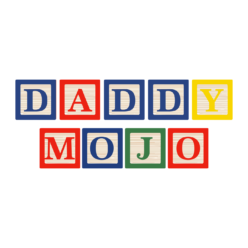
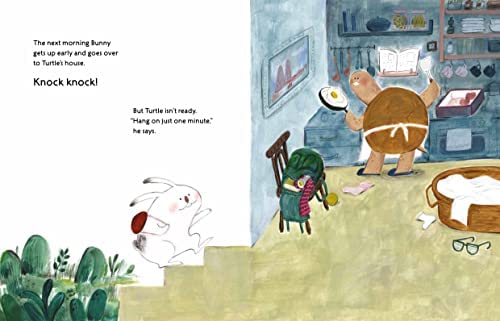
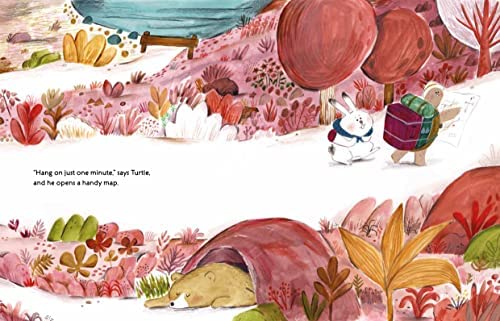
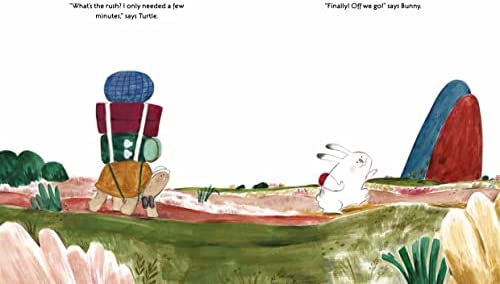
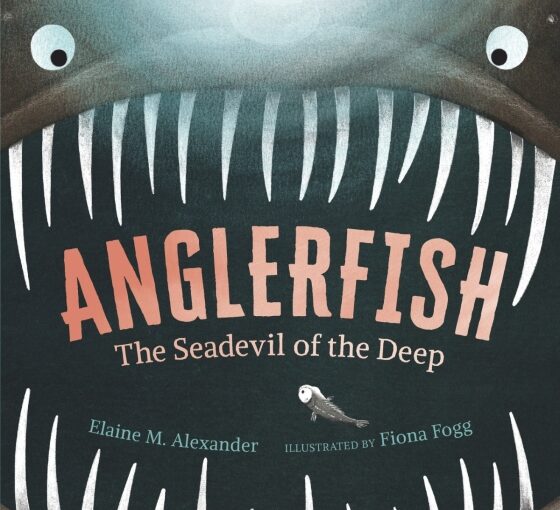
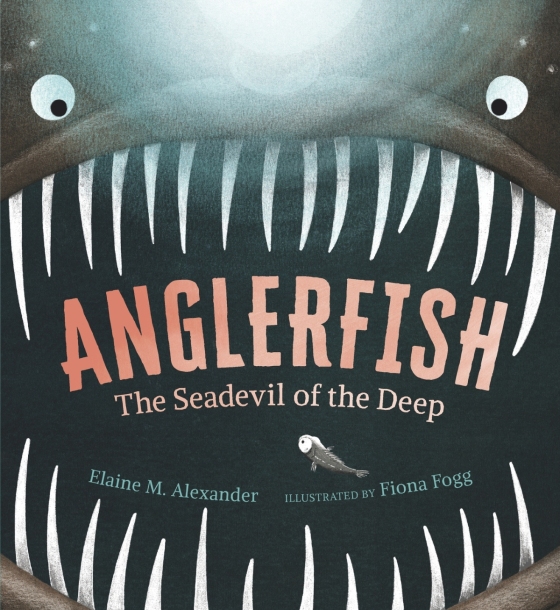
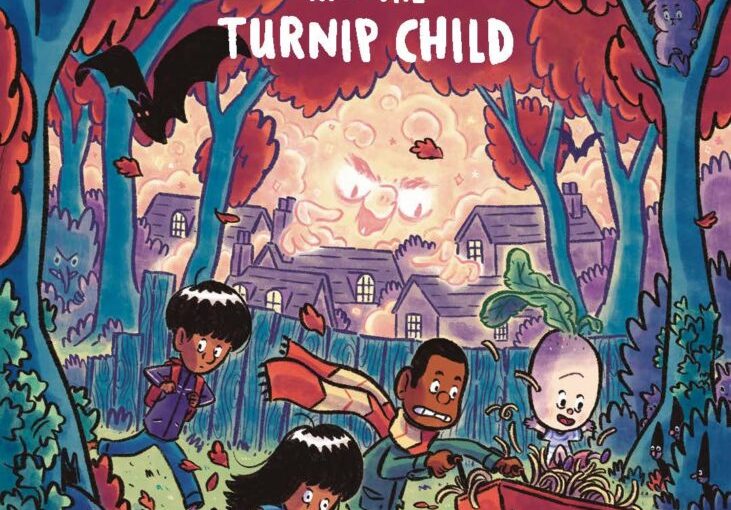
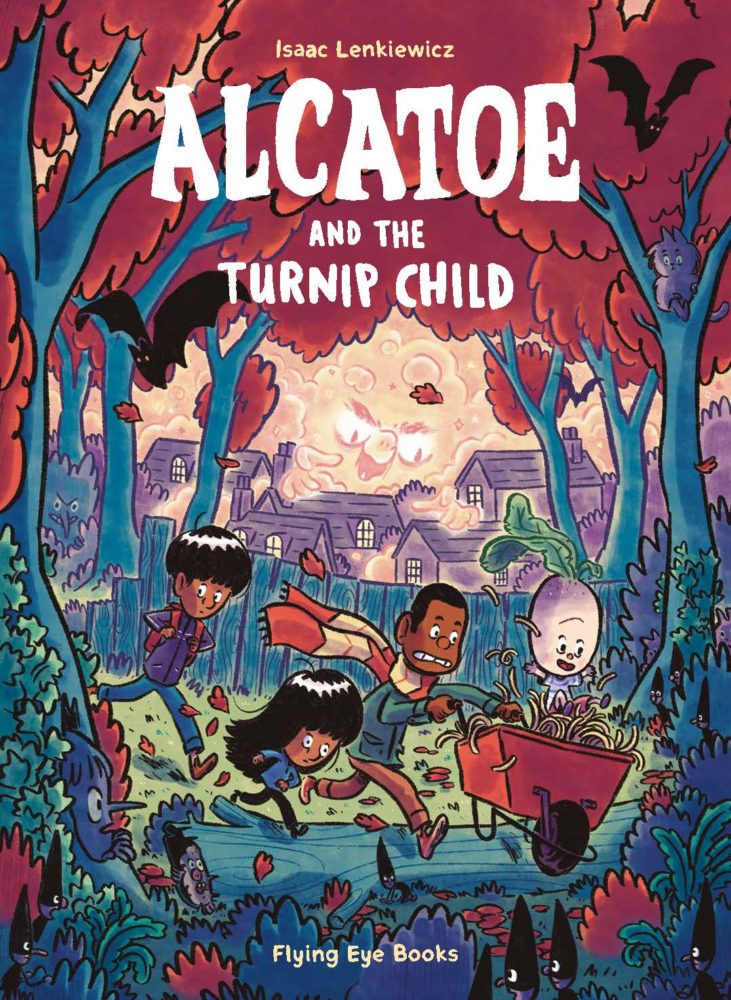
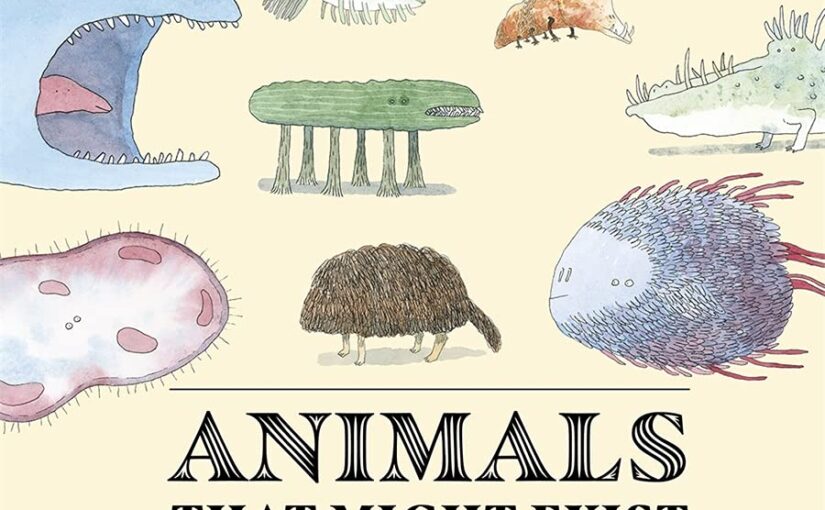


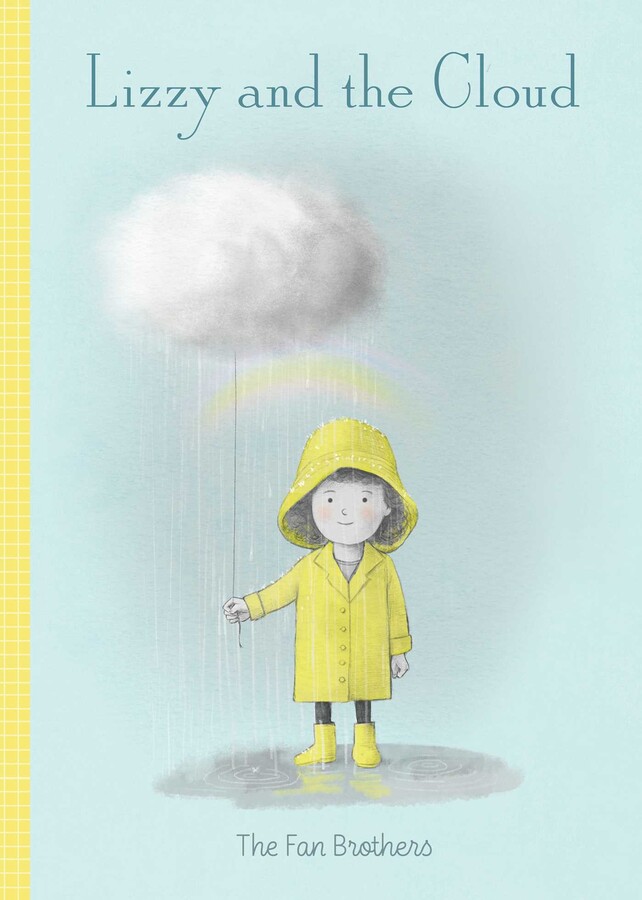
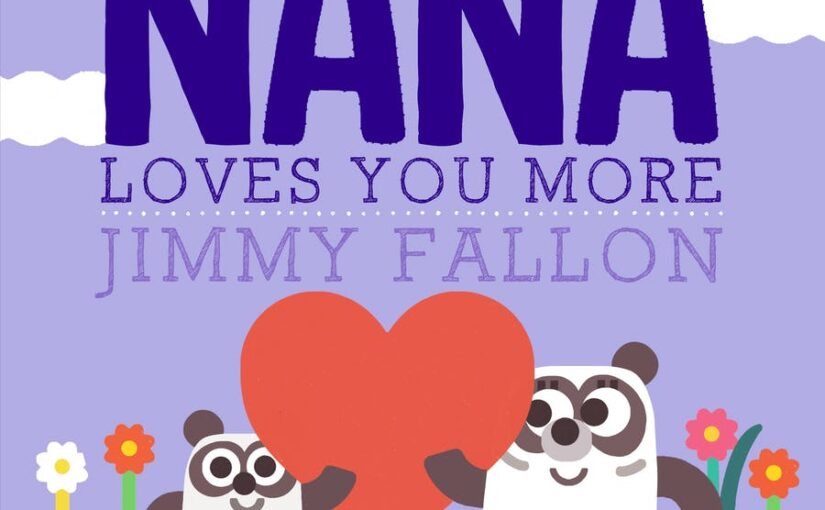
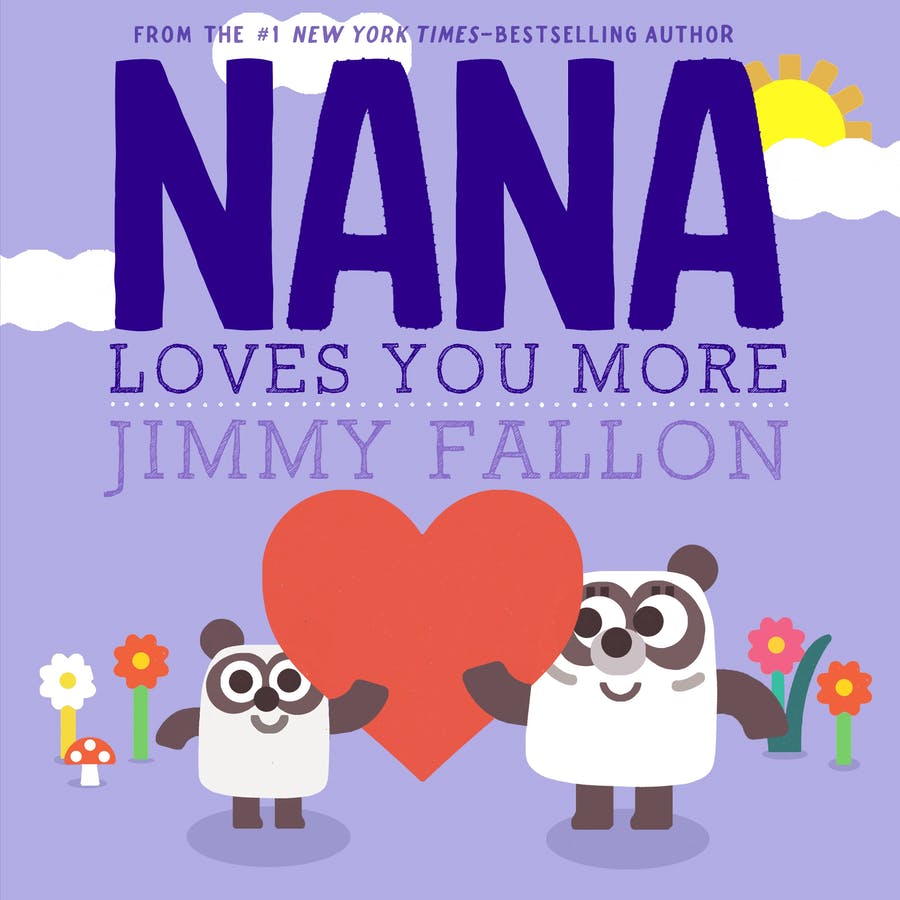
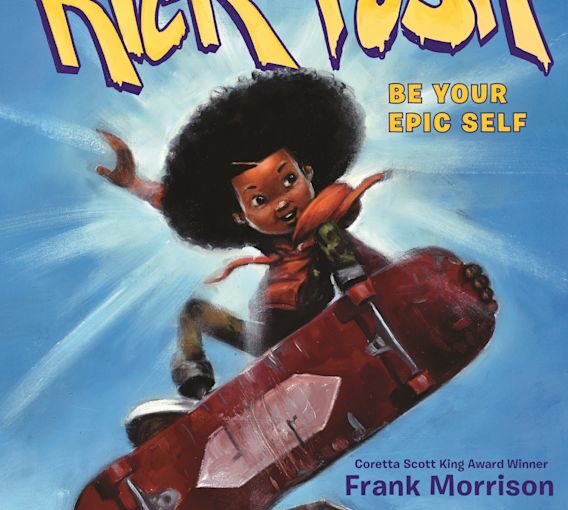
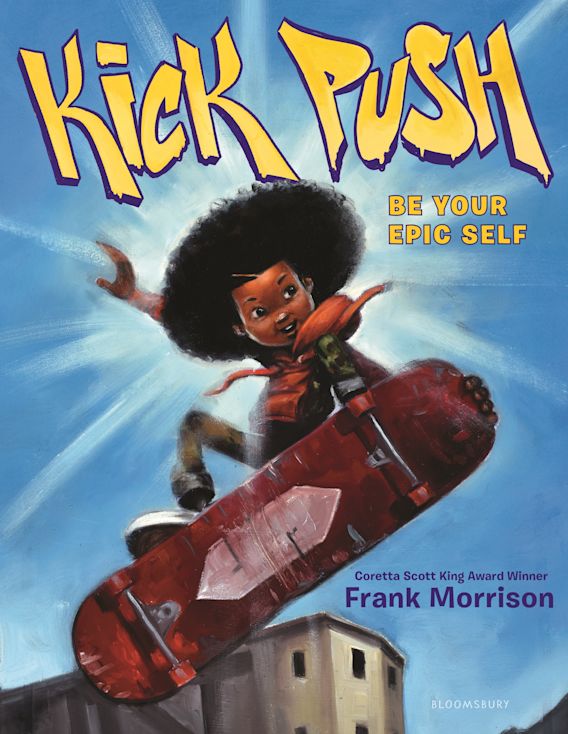
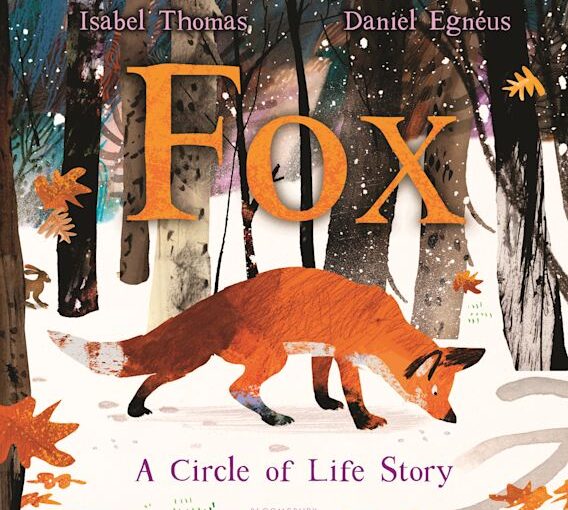
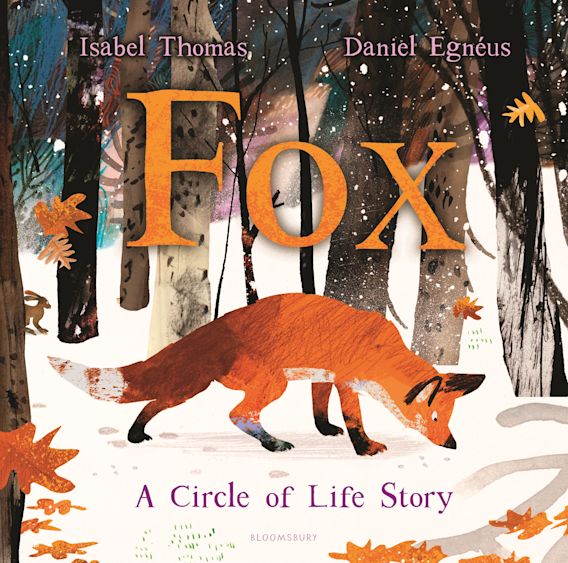


 Facebook
Facebook Twitter
Twitter Flickr
Flickr GooglePlus
GooglePlus Youtube
Youtube